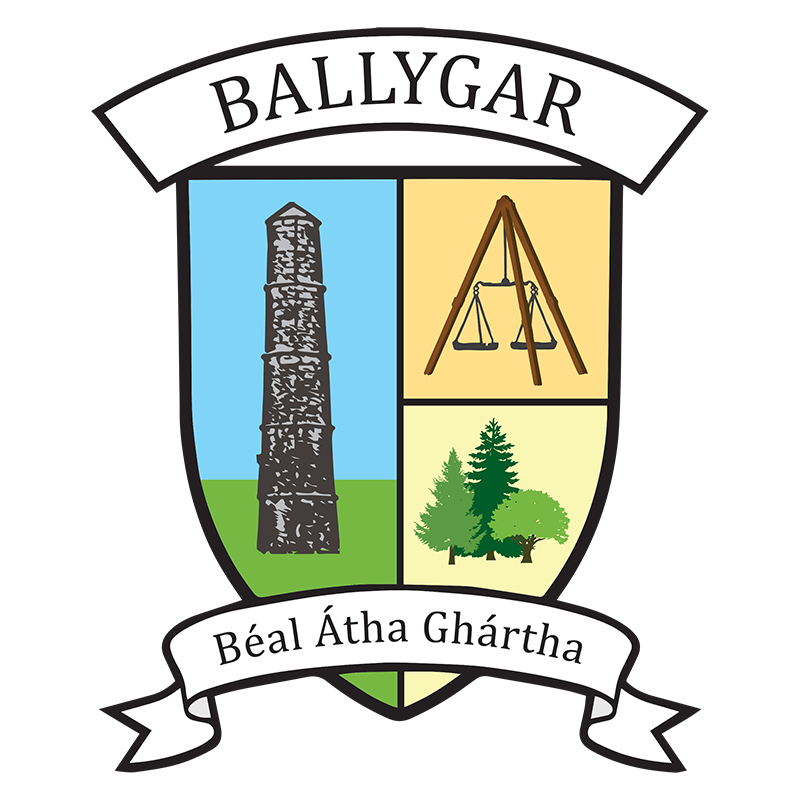Bog Body
The following article was published in The Dublin Medical Press Vol. VIII 1842 and documents a bog body discovered near to Castle Kelly.
ORIGINAL REPORTS OF MEDICAL AND SURGICAL PRACTICE.
DESCRIPTION OF A HUMAN BODY FOUNDIN A BOG.
TO THE EDITORS OF THE MEDICAL PRESS.
Mount Talbot, July 6, 1842.
GENTLEMEN,-I beg to send you the following description of a human body found in a bog near Castlekelly on the 4th of July, 1842:
As the workmen were cutting turf, at about three feet and a half from the surface, they raised first a head, and, at a distance of two feet, a body in a doubled state, the trunk pressing upon the inferior extremities.
The body appeared like the stuffed specimens exhibited by the lecturers in the obstetric art when describing the act of parturition, the osseous portion being wholly absorbed, with the exception of the following, (which resembled gelatine free from all earthy matter) the temporal and lower jaw bones, clavicles, upper bone of sternum, some of the ribs, fibula, articulating surfaces of the os calcis, and metatarsals. Such of the ribs as remained were as supple as whalebone.
The teeth were all perfect, but soft and without enamel. The skull being pierced, the brains exuded, and consequently could not undergo examination. The hair had all fallen off. The external ears remained perfect, as also the integuments of the head, but the face was destroyed.
The left arm not being found, it is conjectured it, as well as the head, had been severed from the body before interment.
The head was excised from the neck at the articulation of the first and second cervical vertebræ, the processus dentata appearing perfect. The integuments about the vertebræ seemed even and smooth throughout, without any jagged edges.
A small portion of the stomach, with the large testines protruded through an aperture in the upper part of the abdomen, which opening appeared contracted around the viscera. The external parts of generation were evidently those of a male subject. The extremities, as well as the trunk, though thrown into folds and compressed, retained a considerable fulness, sufficiently indicative of a full habit. The contents of the chest, with the liver, were entirely destroyed, and incapable of anatomical inspection. The integuments, and intestines which protruded through the aperture, were in their original state; but the muscular fibres, tendons, ligaments, and cartilages, had disappeared altogether.
The body, it appears, was preserved from putrefaction, being entirely free of gaseous or fœtid odour, or mouldiness on the surface.
The authors on medical police represent decomposition as first occurring in the soft parts. In this, however, the bones were the first, and it is evident the bog has a preservative quality by the air being expelled, and the subject hermetically sealed.
Should these details seem any way interesting, either physiologically or legally, you are at liberty to dispose of them as you may think proper.
I have the honour to be, gentlemen, your obedient humble servant,
ALLEN TRENCH, M.D., Surgeon to the Ballygar Dispensary.
